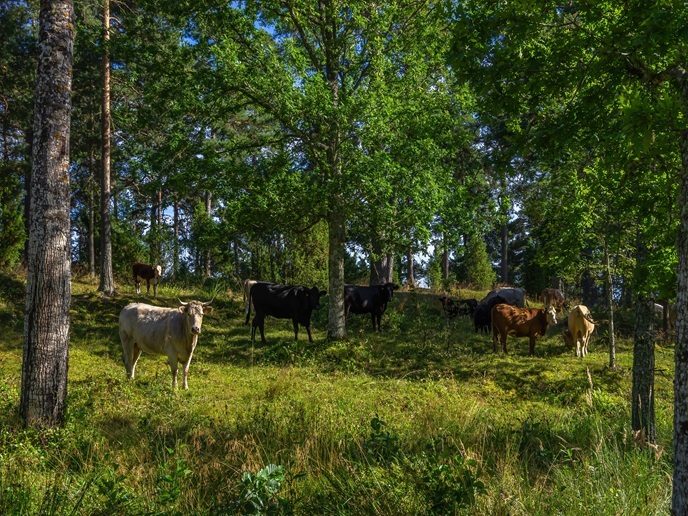Transforming organic waste into fertiliser for emissions-free agriculture and forestry
Organic waste is constantly created by agriculture, livestock farming, forestry and cities. The volume created is growing: global generation is expected to reach 3.4 billion tonnes in the next few decades. Left untreated, it can lead to significant problems in local and global environments, such as emissions of greenhouse gas, contamination of soil and local water sources, and the eutrophication(opens in new window) of riverbeds and freshwater reserves caused by excess nitrogen. Europe’s economies also lose significant economic potential from waste organic matter and nutrients. Organic waste could be recycled into organomineral(opens in new window) fertilisers, but existing methods are unsustainable, inefficient, and often use harmful chemicals, which bring their own environmental impacts. The EU-funded BTSys project has developed an industrial organic waste treatment and recycling system, which produces a sustainable and effective fertiliser. The closed-loop process completely recycles macronutrients and carbon, transforming the waste into an organomineral fertiliser without any environmental damage or contamination. As the fertiliser contains 40-50 % organic matter, it works to improve the soil structure below, accruing additional benefits in the next growth cycle and harvest. Recycling all organic matter avoids 40-60 % losses of carbon to the atmosphere, compared to composting. “We can assume an average efficiency gain of 2.5 times compared with commodity fertilisers,” explains Pedro Forjaz Carreiro(opens in new window), founding partner and chief marketing and sales officer at Agristarbio(opens in new window) in Portugal.
How the system works
Organic waste is fed into Agristarbio’s BTSys reactor. Chemical reagents then treat the waste and balance the levels of nitrogen, phosphorus and potassium. An industrial dryer known as a paddle dryer(opens in new window) then reduces the humidity content of the fertiliser. In the final step, a high-efficiency granulator turns the fertiliser into granules, the form in which most fertilisers are sold on the market. No emissions are released into the atmosphere and there are no local contaminants. The treatment of the organic matter also releases amino acids, sugars and other components into the fertiliser, which in turn will promote the microbiology of the soil. “The organic matter content and the richness in amino acids, sugars and micronutrients contribute significantly to improving the soil health,” notes Forjaz Carreiro. Up to four times less nitrogen could be introduced into the ecological system using the technology, he notes.
Benefits to society
A more efficient use of nutrients means more sustainable and less resource-depleting agriculture, alongside a reduction in damage to local water sources. The system also means greater food security for European citizens. Phosphorous is a critical resource in fertilising soils and feeding crops, while recycling and increasing phosphorus efficiency helps reduce Europe’s dependence on imports, over 90 % of which come from regions with fragile supply chains. The circular nature of the process means Europe can become more self-sufficient, while also reducing transport costs. “It allows for a circular economy model in which agri-food or paper pulp corporations can solve their organic waste problems from livestock, and fertilize the crops with fertiliser produced in-house,” Forjaz Carreiro adds.







